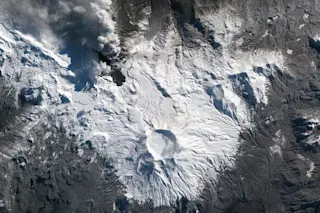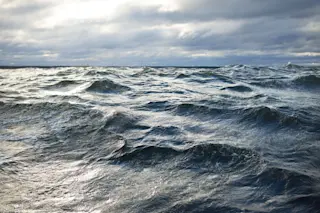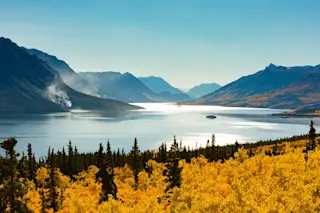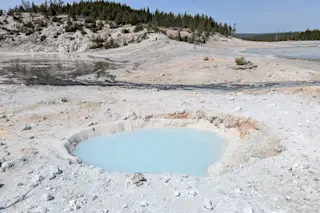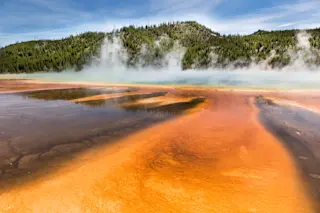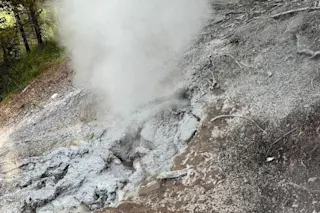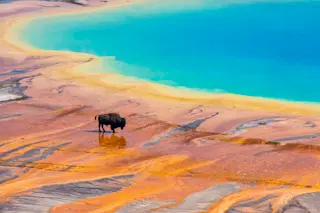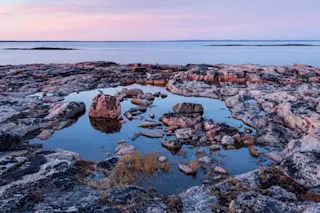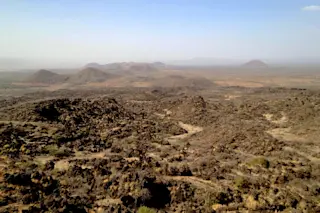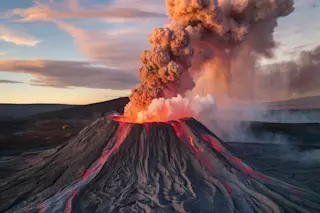I get asked quite often if earthquakes can trigger volcanic eruptions. Usually this happens when a large earthquake happens somewhere on the planet (especially if it was near any volcano). It makes intuitive sense on two fronts. First, earthquakes will shake the ground and volcanoes appear to be vats of magma waiting to explode. Second, earthquakes and volcanoes are both part of the processes of plate tectonics, so if something massive happens in one place, could it start a chain reaction? The problem is that the connection is not as direct as it might seem and exactly what can trigger an eruption is still hotly debated.
First off, the idea that all or most volcanoes are sitting there, primed to erupt, is a misconception. Most volcanoes are in repose, meaning that they might show signs of being a potentially active volcano. These might include occasional small earthquakes, hot gasses escaping ...


